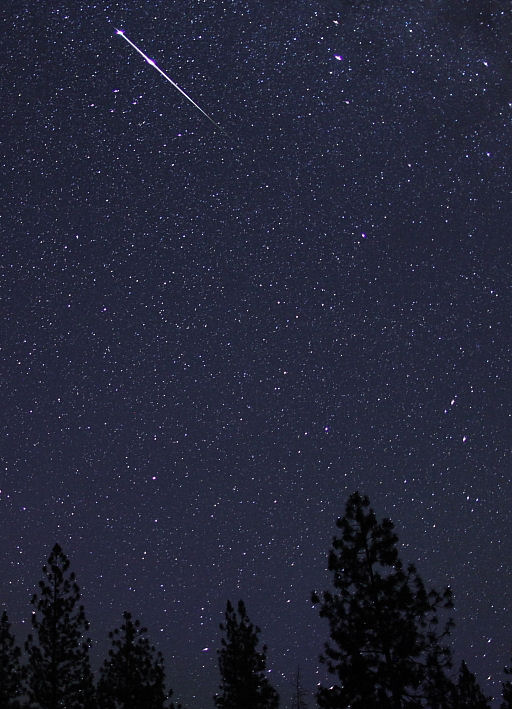MARS LANDING SKY SHOW: On the same night Curiosity lands on Mars, a "Martian Triangle" will appear in sunset skies of Earth. The first-magnitude apparition on August 5th gives space fans something to do while they wait for news from the Red Planet. [video]
DELTA AQUARID METEOR SHOWER: This weekend, Earth is passing through a stream of debris from Comet 96P/Machholz, source of the annual delta Aquarid meteor shower. Forecasters expect as many as 15 meteors per hour when the shower peaks on July 28-29. The location of the shower's radiant below the celestial equator favors southern hemisphere observers. Nevertheless, northerners can see it too. For instance, David Hoffmann caught this early delta Aquarid flashing over Ashland, Oregon, on July 24th:

"A movie of the meteor may be found on my Youtube page," says Hoffman.
Although this is a minor shower, it is fraught with interest. Some researchers believe that the delta Aquarids' parent comet, 96P/Machholz, came from another star system. Every delta Aquarid that disintegrates in the night sky could be depositing material from across the galaxy into Earth's upper atmosphere.